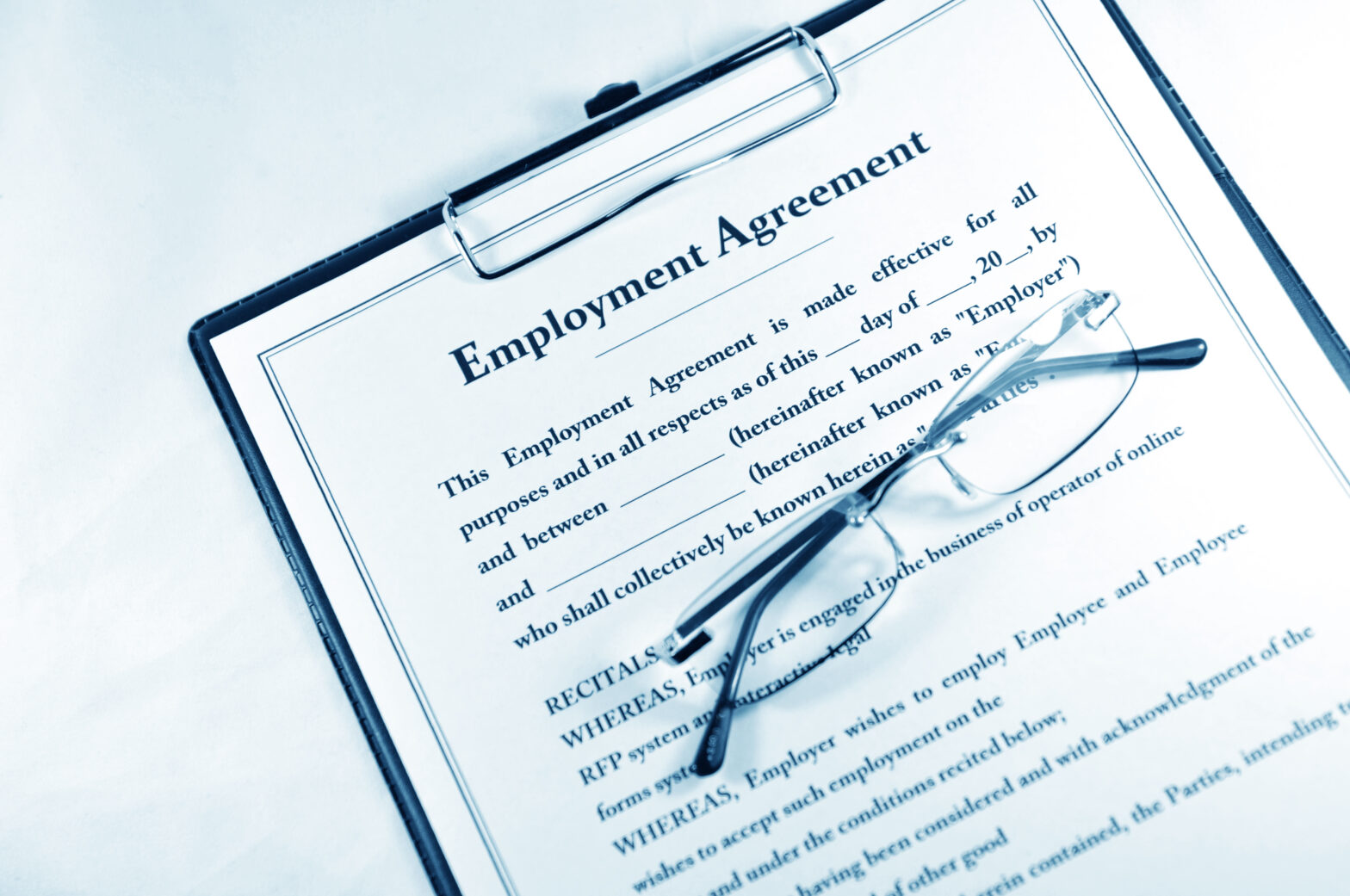Difficult work conversations can cause people a lot of angst and stress. Don’t put them off, over-think them or just ‘wing it’; instead prepare yourself and make the situation easier, more productive and more likely to get a good outcome for everyone.
1. Be in rapport
Building rapport is not about liking the other person, it’s about building a climate of trust and understanding. If you need to get a message across to someone – you had better be in rapport with them. This needn’t mean mirroring every body posture and repeating back their words parrot fashion which, let’s face it, is just annoying. Instead:
– Make sure you are sitting or standing at the same level as them, not looking down or up
– Put away your phone, and turn it onto silent, if you take a call during a tricky conversation the situation could be irretrievable
– Listen carefully to what they say, summarise it to show you understand. The problem with these conversation is people often are just waiting to say their piece rather than listening to the other person.
2. Frame the conversation appropriately
Miscommunication happens often because the conversation was not framed properly. You might have been thinking about this conversation all night, but they are probably thinking about last night’s Game of Thrones, so if you just launch in it will take them a while to catch up with you. Never start with ‘Have you got five minutes?’ if you want a successful discussion as it’s a common indication that someone is about the get ambushed so they will start on the defensive. Good ways to frame a conversation are:
– ‘ There’s something I want to discuss with you…’
– ‘ I’m troubled by something that happened last week and would like to discuss it with you..’
– ‘ I’m calling because I want to discuss what happen in X meeting last week’
If someone ambushes you into a tricky conversation, stop and ask them what it is about. This teaches them to frame conversations to as they will think twice about ambushing you in future.
3. Avoid language that might inflame the other person
However angry or upset you are about a situation, use dispassionate and logical language rather than anything emotive. Emotive language will only inflame the situation, making them feel terrible or angry. Either way you are unlikely to resolve anything this way. A good way to do this is to:
– State the situation as you observe it or as it was reported to you. Frame it as a perspective or viewpoint rather than a fact. ’I noticed in that meeting that you talked over Susan a number of times and it came across as if you weren’t interested in her position’
– Avoid mind-reading their intention, instead ask for their side of things
– Avoid using terms like ‘obviously’ and ‘the fact is’, these just come across as patronising
– Label their behaviour, not them as a person. ‘It came across to me as inappropriate’ is much better than ‘ you were rude’
4. Acknowledge their perspective
Even if you don’t agree with it. This open up room for dialogue rather than a heated argument. Examples could be:
– ‘ I understand that for you relationships are more important than deadlines’
– ‘ I can see how someone would take that position in this situation’
– ‘ I appreciate that all you wanted to do was improve the quality’
– ‘ I get that things are tough at home right now’
5. Keep your state in check
It’s easy to get emotional in these situations. It’s important you remain as calm as you can. Do this by taking pauses in the conversation every so often and a deep breath. Looking upwards also helps break any negative state you are feeling. Getting up or changing position could also help. If you are feeling very emotional then it’s best to take break of pause the conversation and agree to reconvene later.
6. Buy yourself time if you need it
Sometimes the other person suggest a solution or makes a request you weren’t anticipating. If this happens don’t feel pressured into giving them an answer on the spot. It might also be something you need to agree with or discuss with someone else. Too many times this leads to agreements when, once thought through, need to be reversed or you resent agreeing to.
Acknowledge their idea is interesting/unexpected/has potential and say you will think it through and get back to them. Agree a timescale by which you will respond (and make sure you stick to it). If you do need to discuss it with someone else, think carefully before acknowledging this at the time, as it could damage your authority or credibility with whoever you are having the conversation with.
7. Summarise the discussion to finish
Always sum up the discussion at the end. Too often we are just so relieved it’s over we forget to close things off properly so that everyone is clear. It just needs to be a few sentence outlining what’s been agreed (if anything has), what’s outstanding and when or if there’s a follow up and being clear about whose responsibility the next step is. Examples:
– ‘ So it looks like there are some crossed wires here. Let’s arrange a catch up with us both and Susan and iron out any misunderstandings before the next project meeting. I’ll set that up for next week.’
– ‘ I can see we’re not getting anywhere with this right now, let’s both think about it overnight and then meet up tomorrow. What time is good for you?’
– ‘ What I’ve understood here is X and Y. I’m going to give this some proper consideration, could you put some time in my diary next week to take this forward’.
Karen Meager and John McLachlan are co-founders of Monkey Puzzle Training.
Further reading on work conversations





